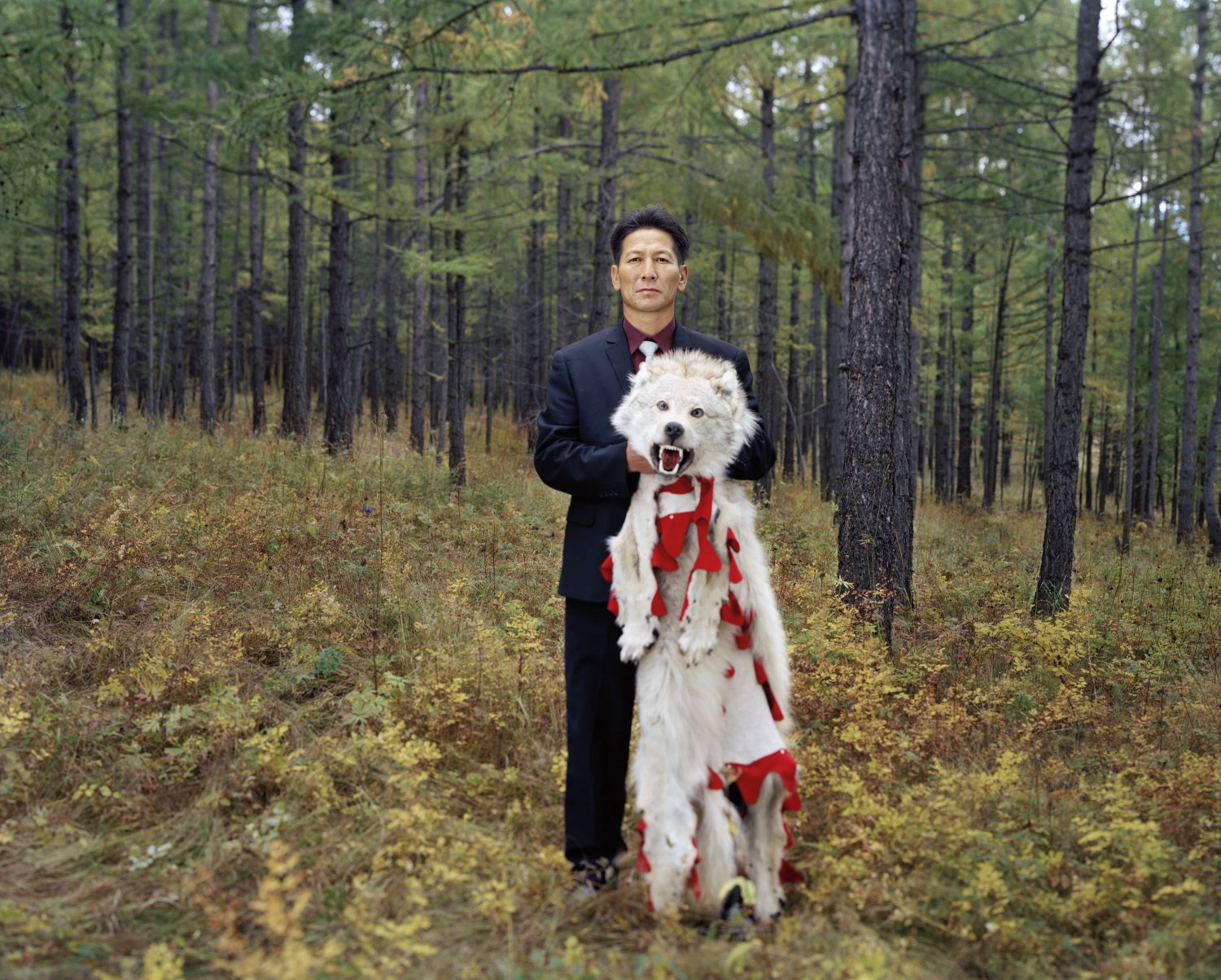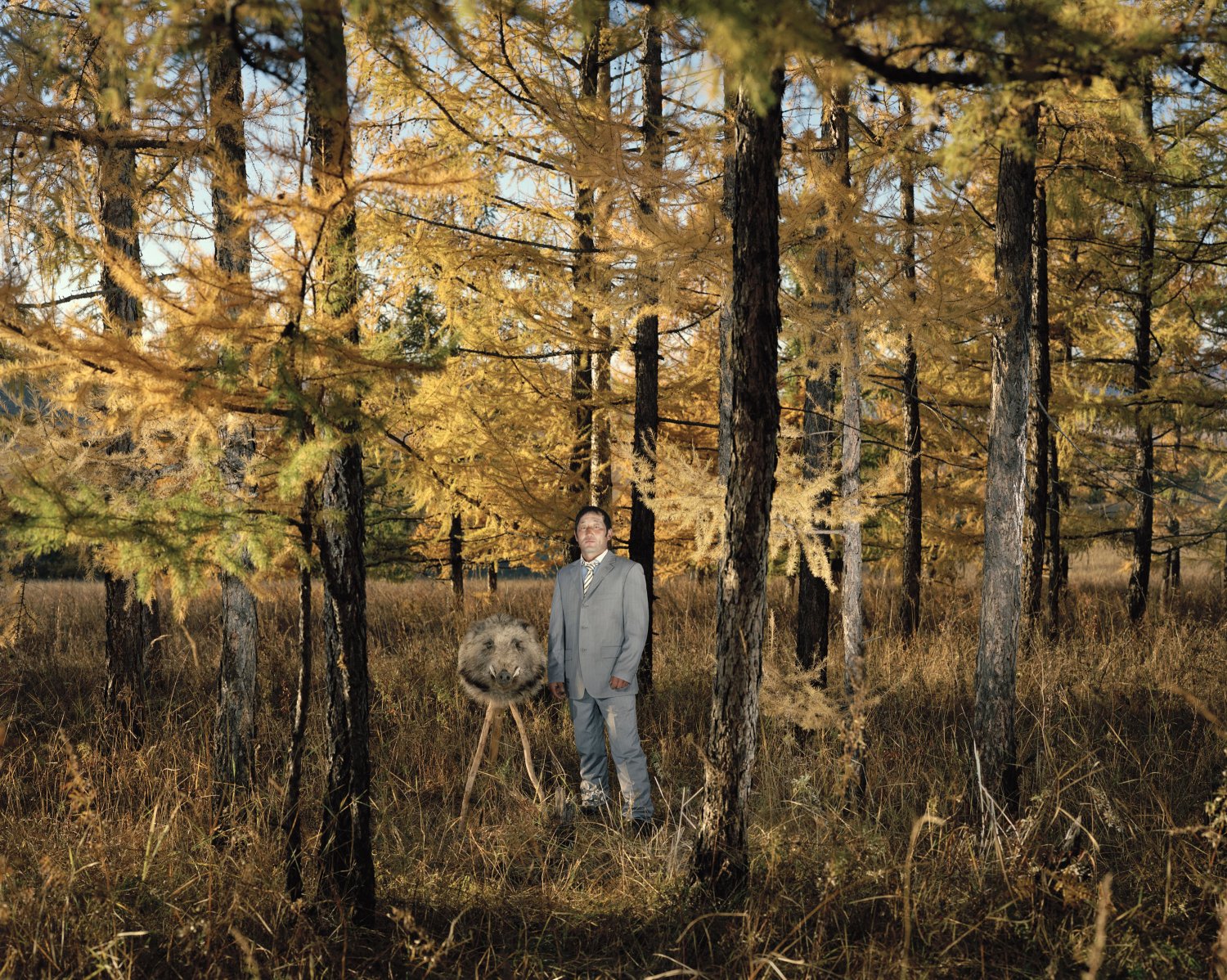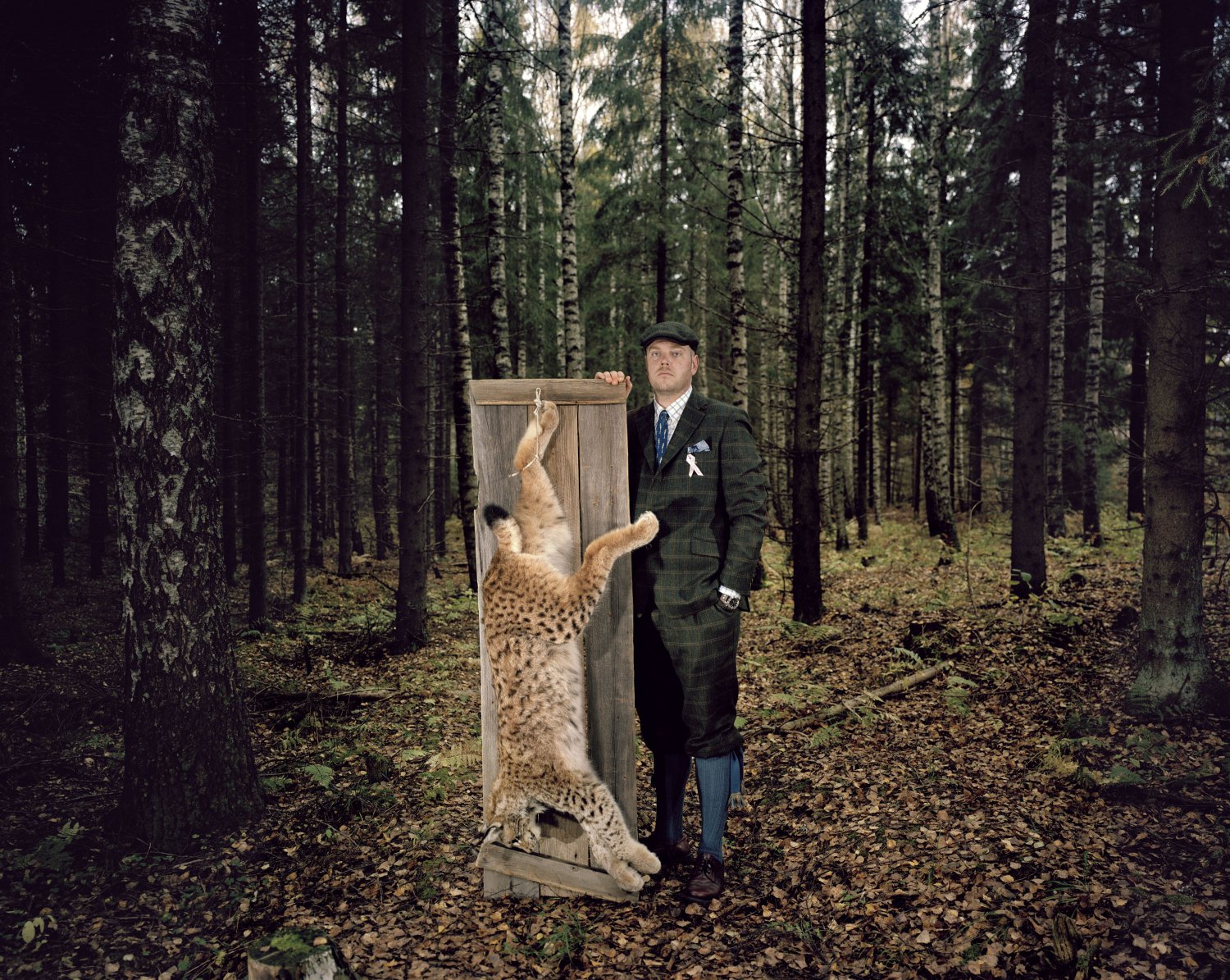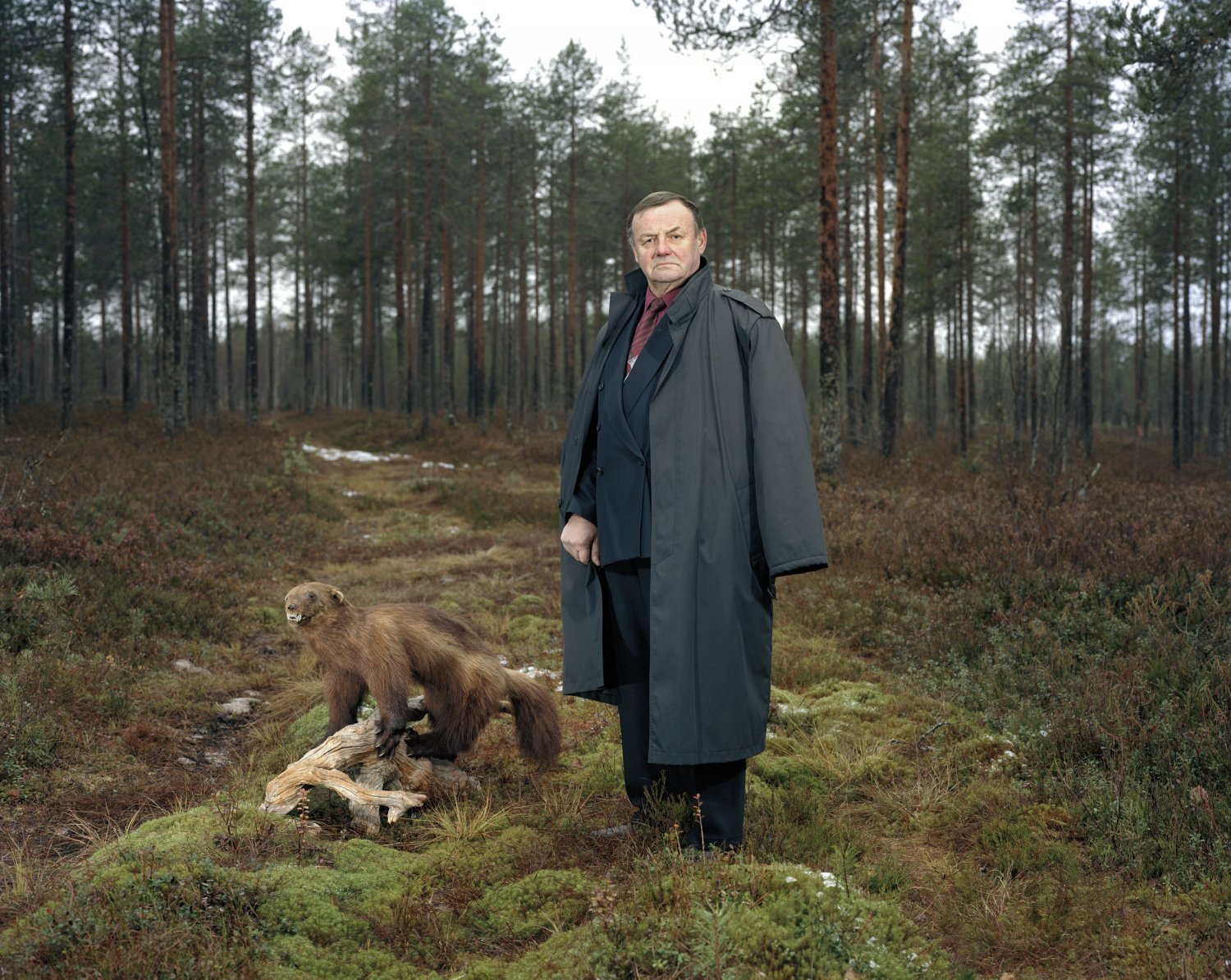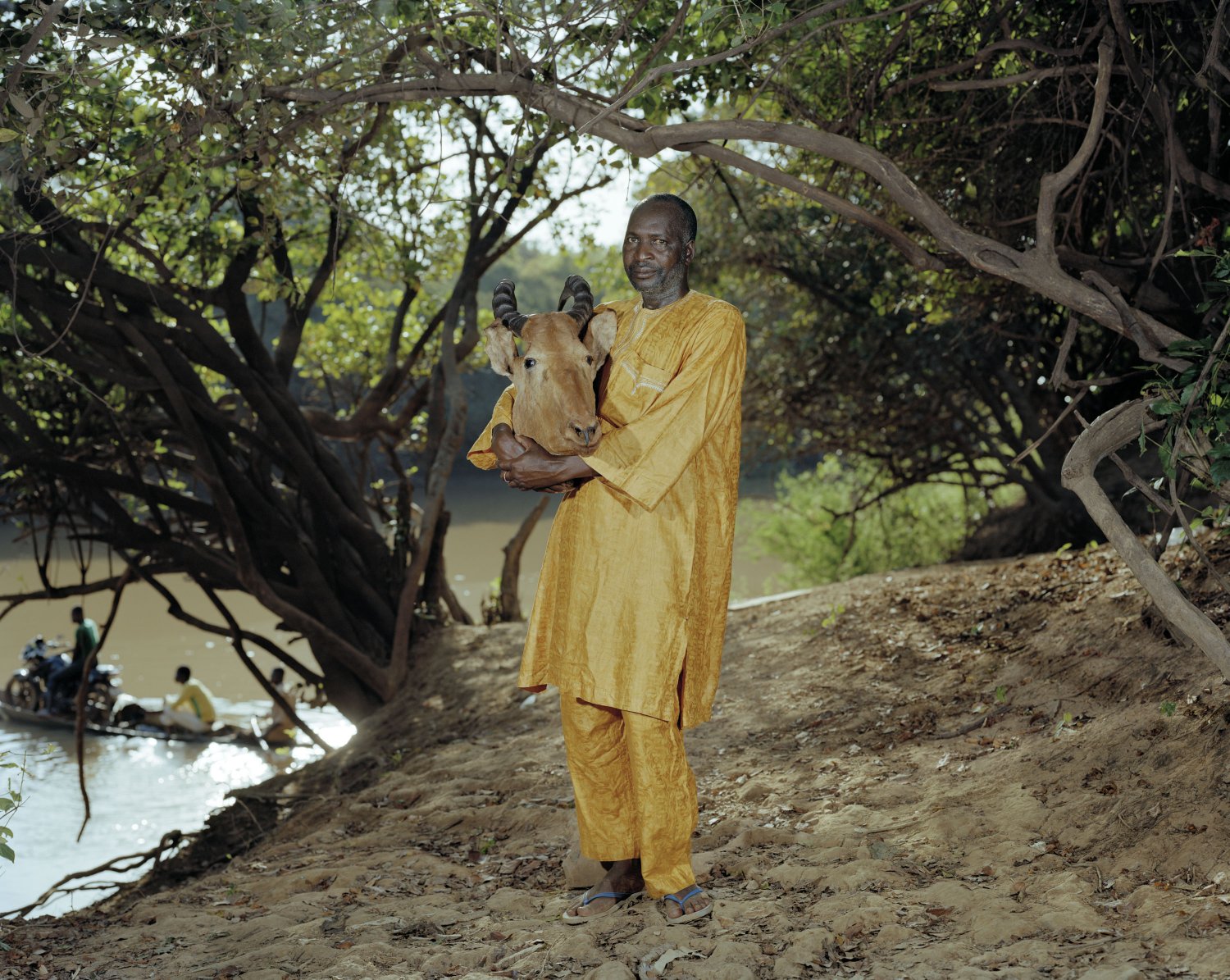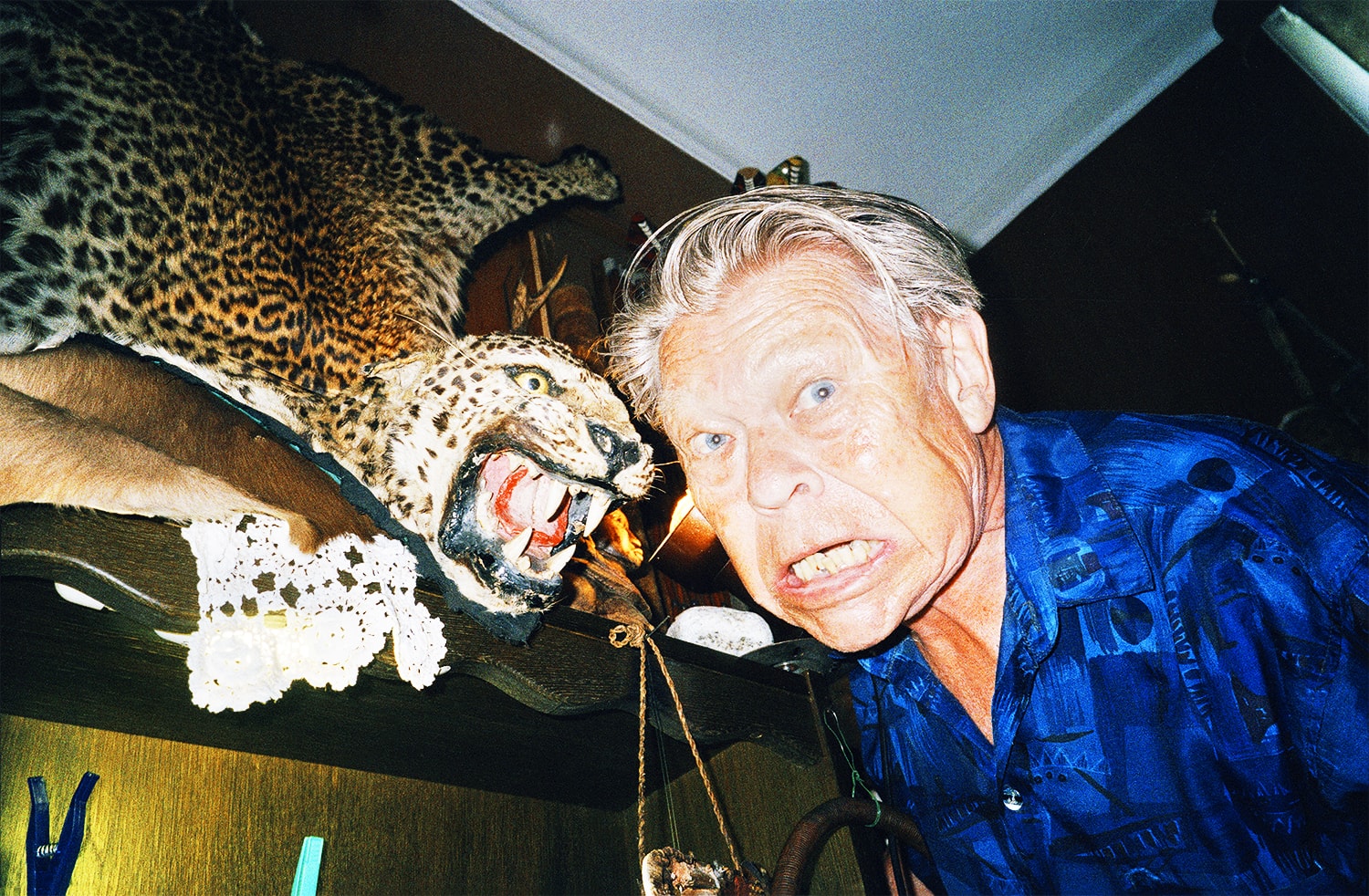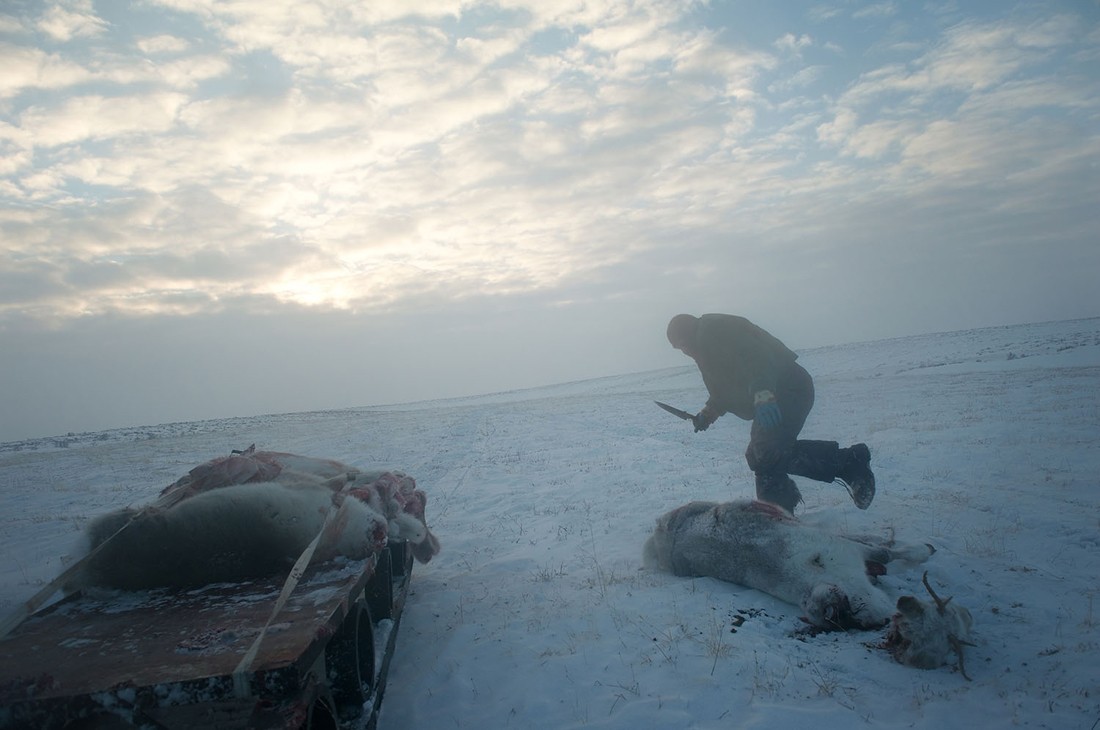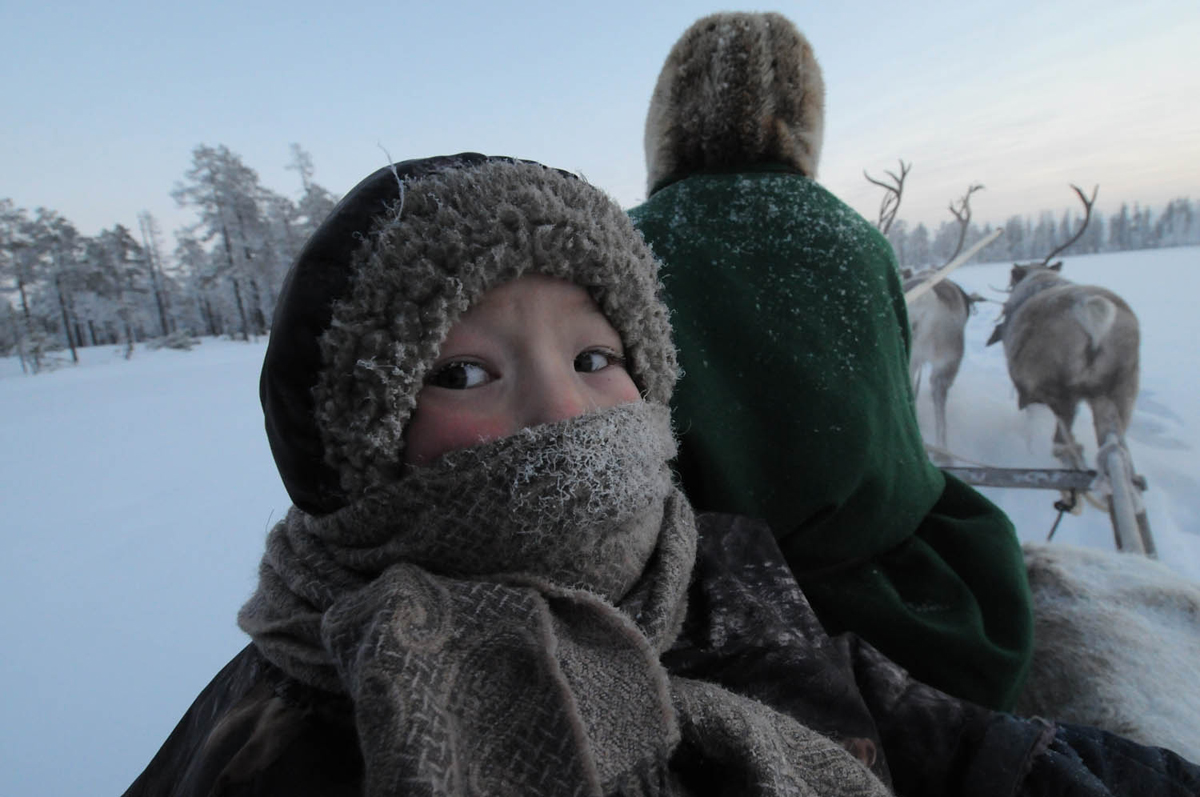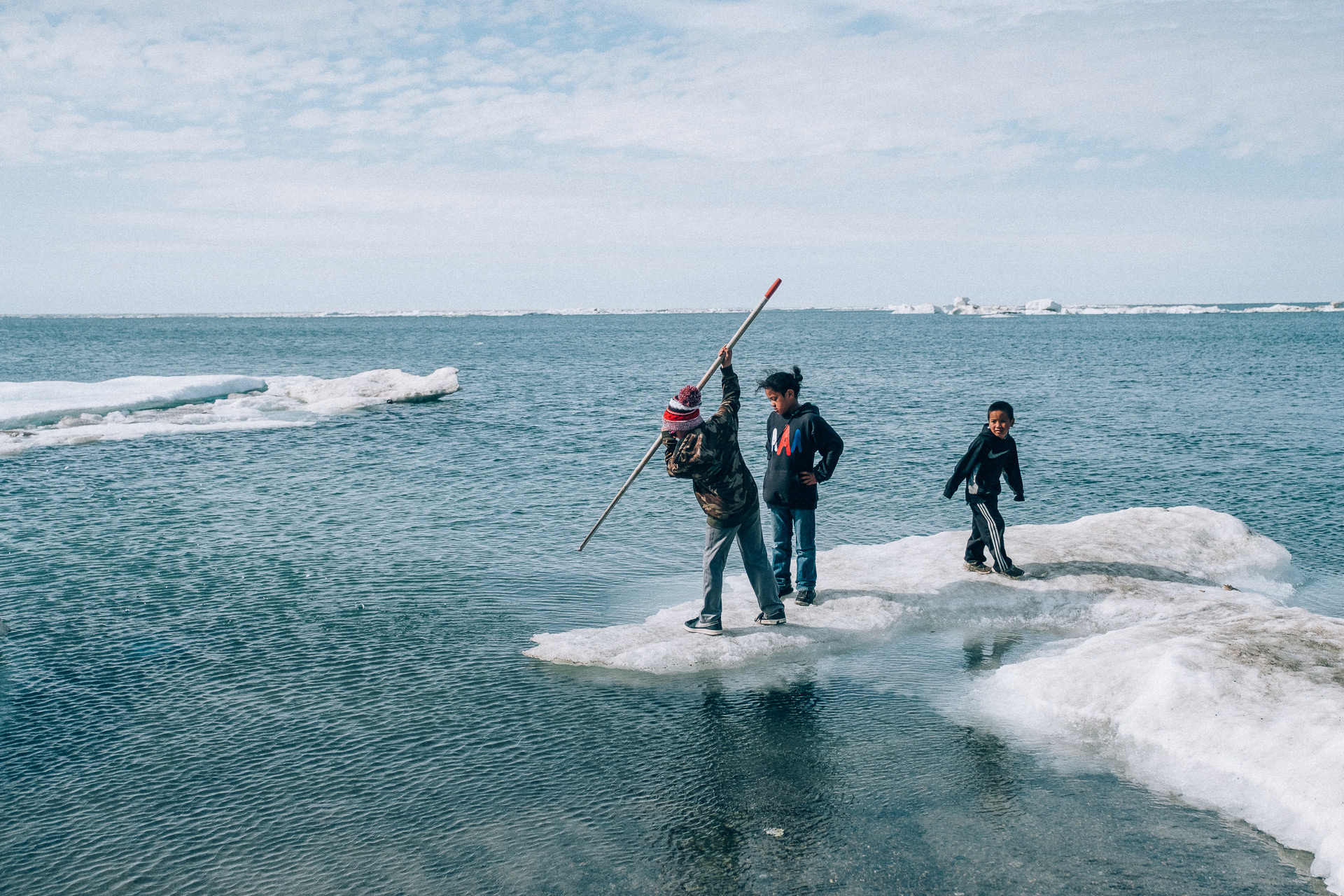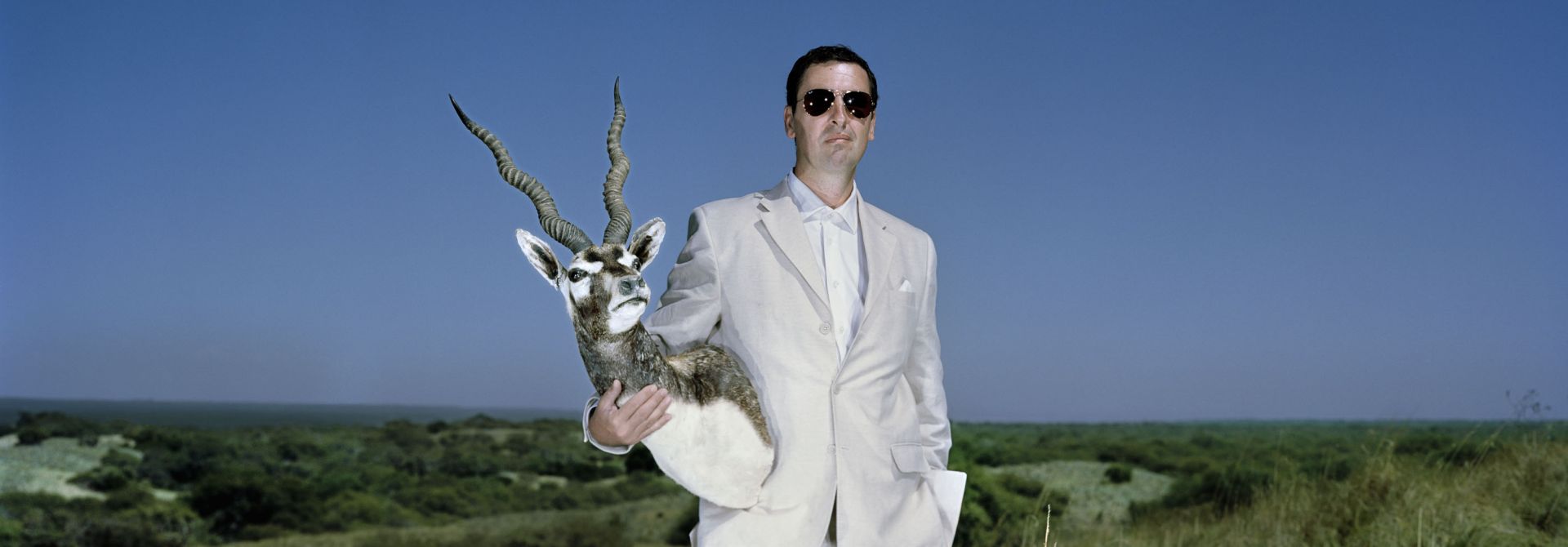
Subjective Trophies: Pierre Abensur Explores Why People Hunt
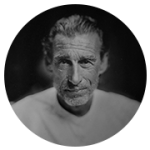
Photographer. Published his work in The New York Times, National Geographic, Newsweek, and other media outlets. Participant of group and solo exhibitions in Switzerland, France, and Finland.
What would a hunter be ready to do for a trophy? At least, kill. What would a photographer be ready to do to capture hunters and the animals they killed in the place where this little victory of a man over nature happened? It took Pierre Abensur 7 years to take 56 photographs for his project called Subjective Trophies in 8 countries: France, Switzerland, Mali, Burkina Faso, Mongolia, Argentina, Finland, and Namibia. With his team and the equipment he went up the mountains and deep into the woods — on boats, pick-ups, jeeps, and helicopters.
Pierre was born in a small village in the South of the French Alps. Many of his childhood friends still live there. Hunting is their hobby. One time, when he came to visit, Pierre asked them to show the taxidermied animals that they kept in their homes: “They appeared like strange totems to me,” the photographer says. “The destructive act of killing was followed by the temptation to give life again. A post-mortem homage that revealed a strong evidence of paradoxical love.”
He says that the attitude people have towards hunting and trophies does not fit into the direct opposition of man and his prey. “Perhaps hunting was not simply a unilateral act but some kind of unconscious agreement between a predator and his prey, united in a natural cycle of perpetuation,” he says. “And the trophy was the sign of that mutual recognition.” His work is the attempt to study this relationship, to understand its nature.
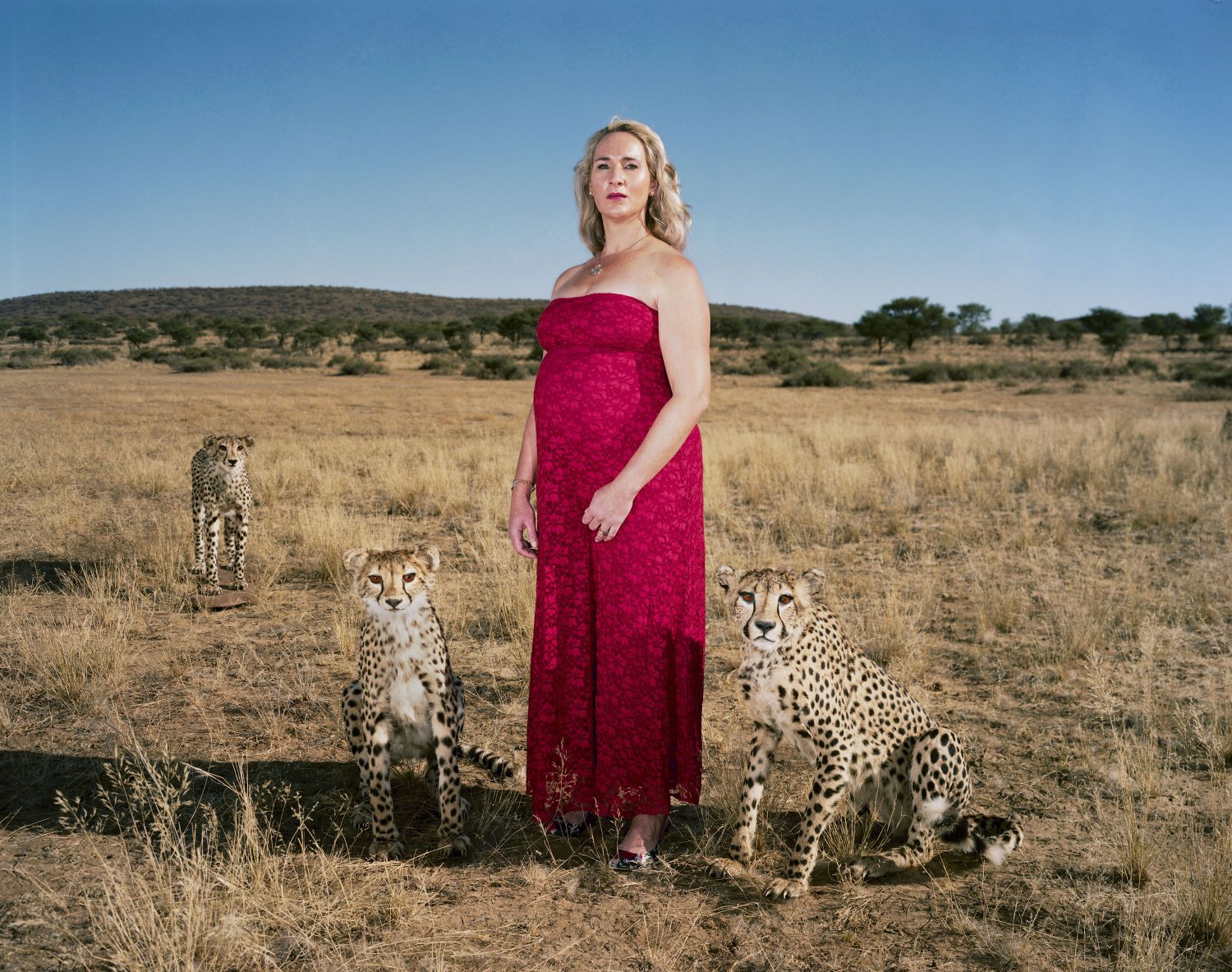
June 2, 2015. Namibia. Danene and cheetahs.
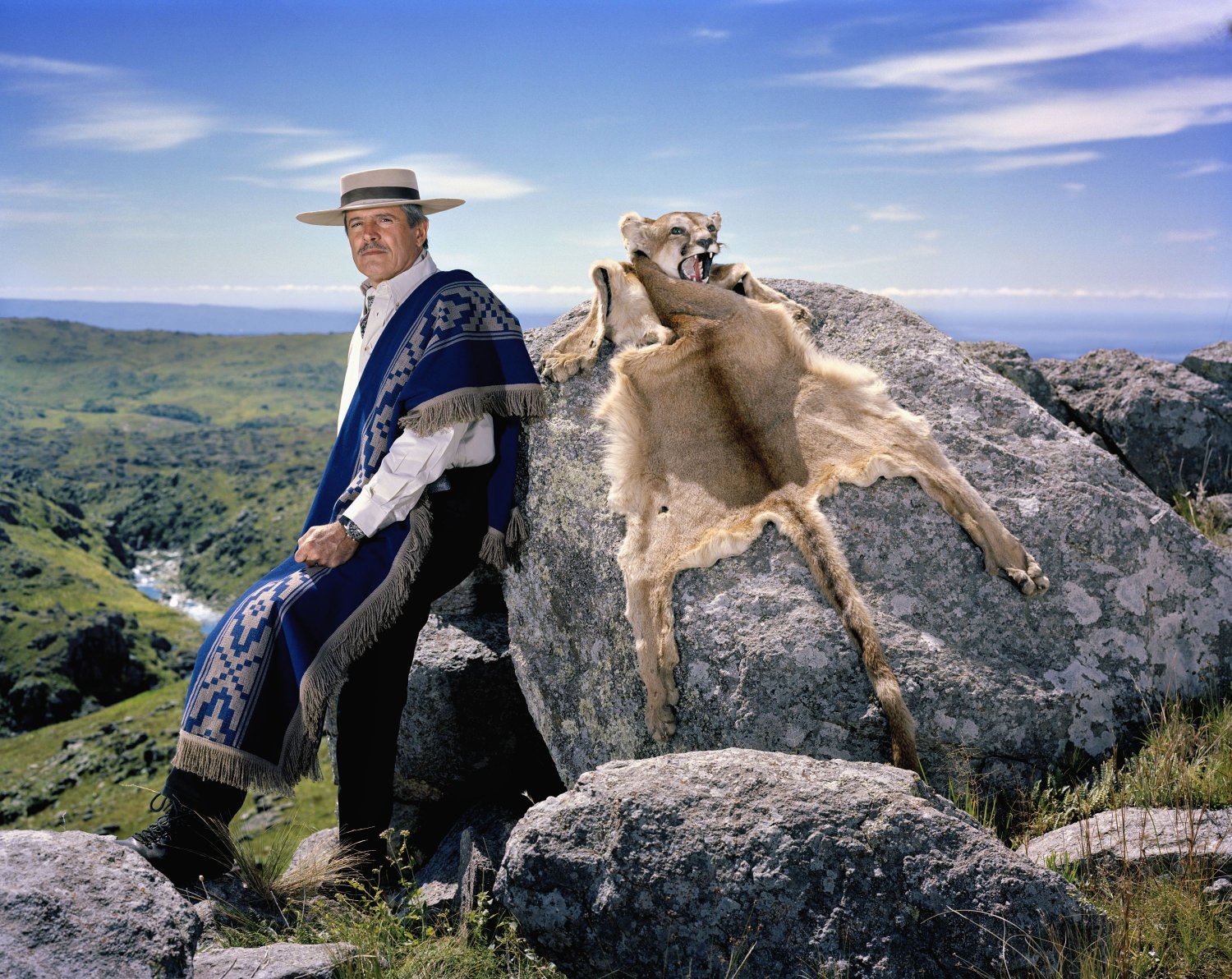
March 4, 2014. Argentina. Osvaldo and puma.
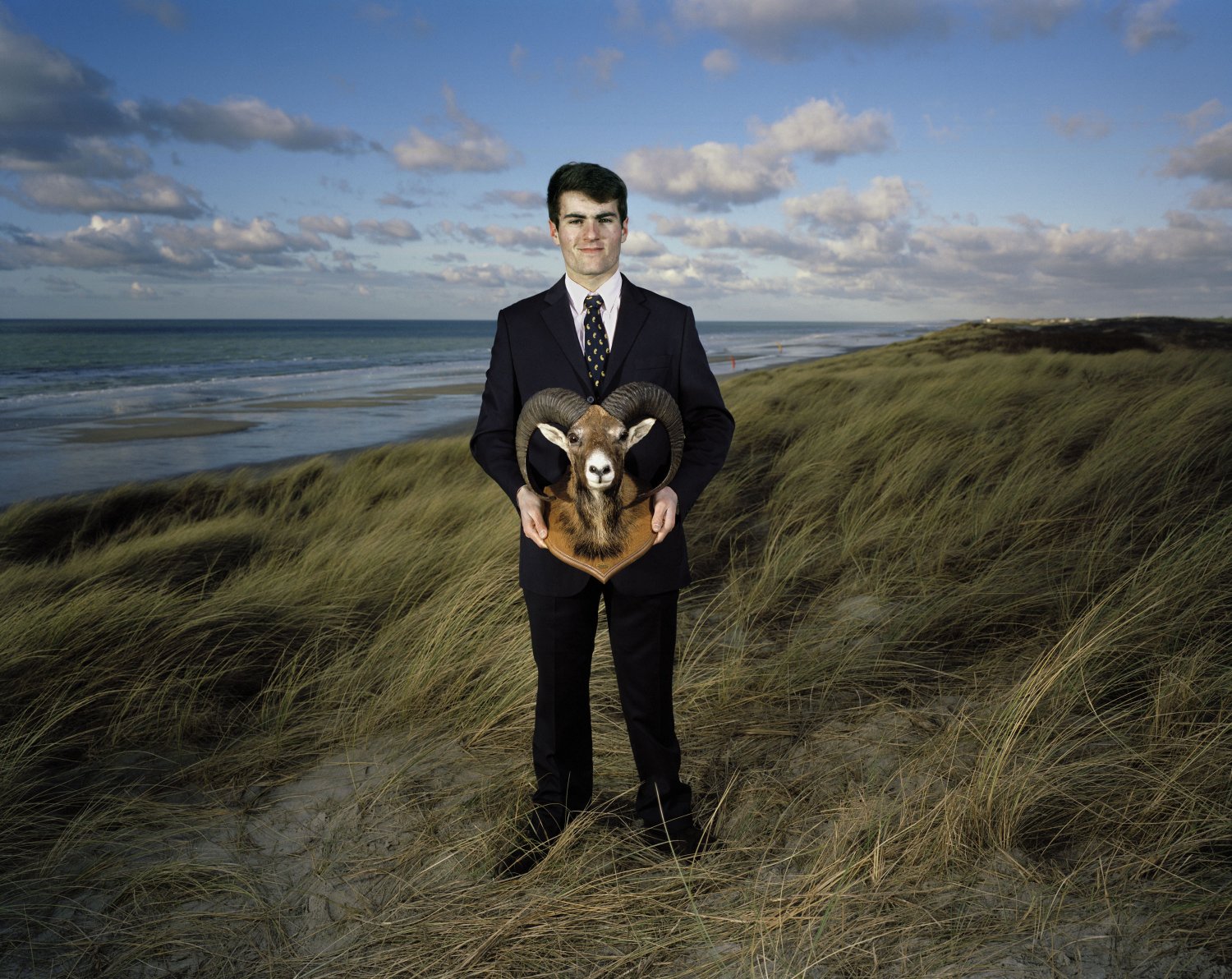
January 5, 2010. France. Pierre-Edouard and mouflon.
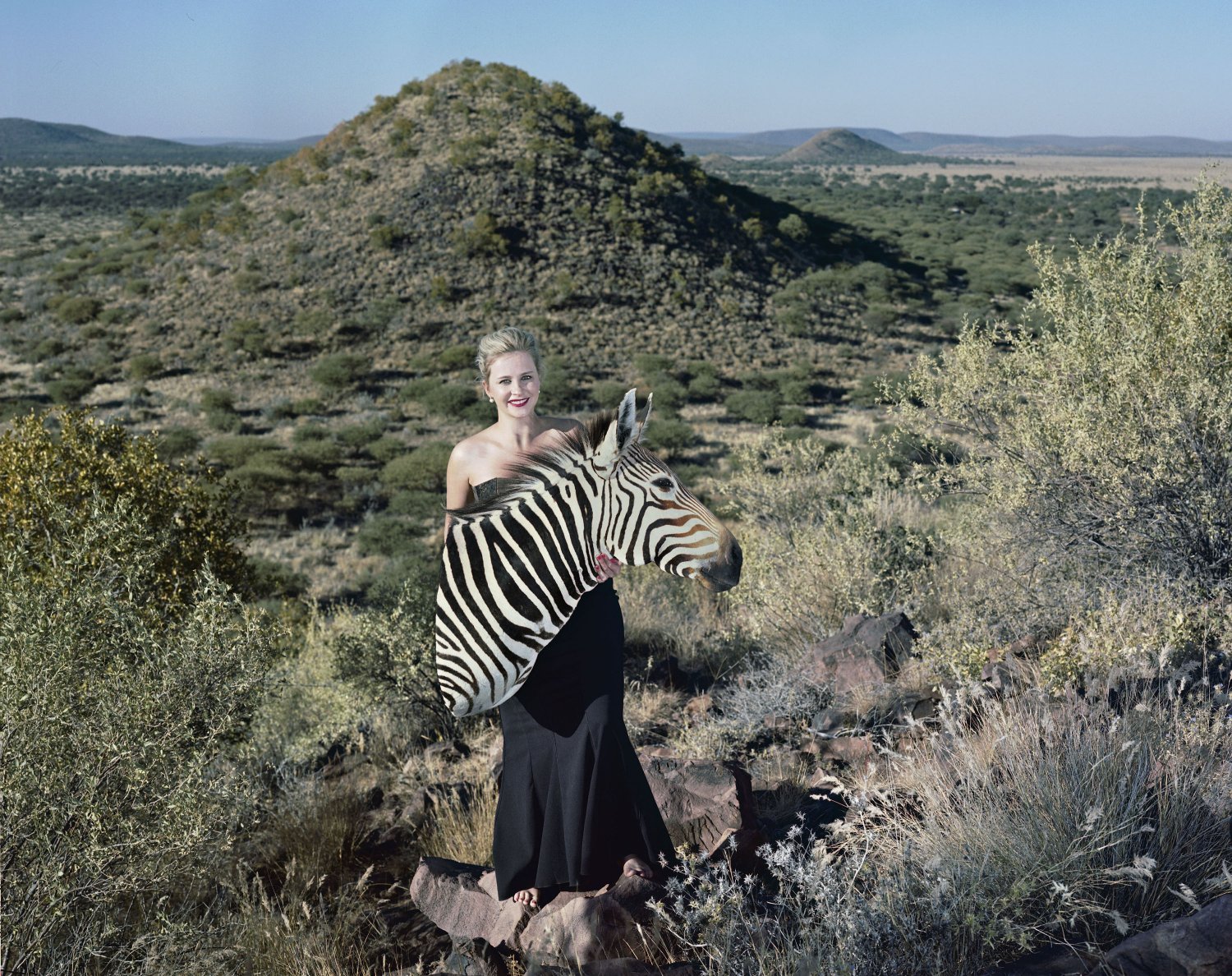
June 5, 2015. Namibia. Caren and zebra.
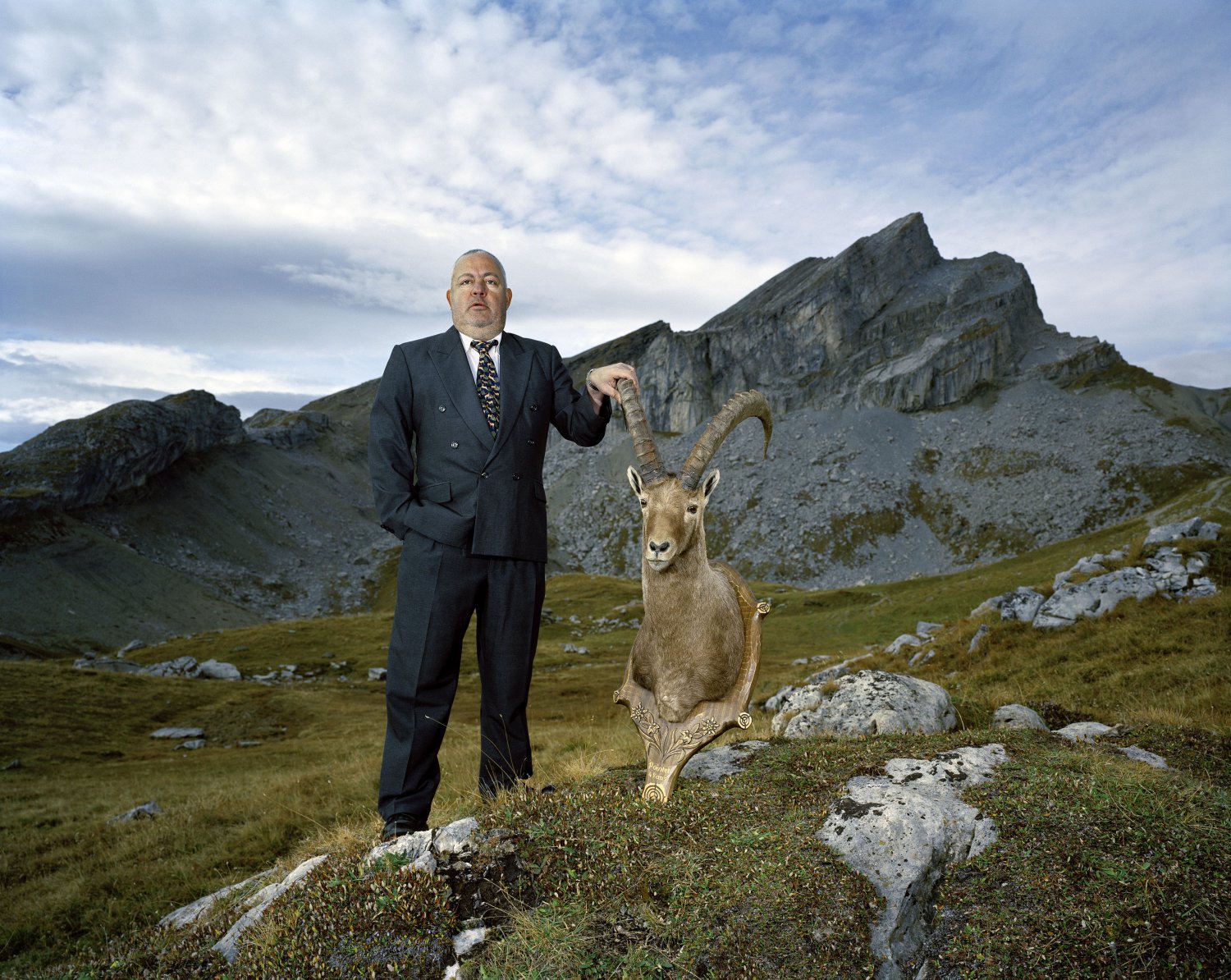
October 6, 2009. Switzerland. Olivier and ibex.
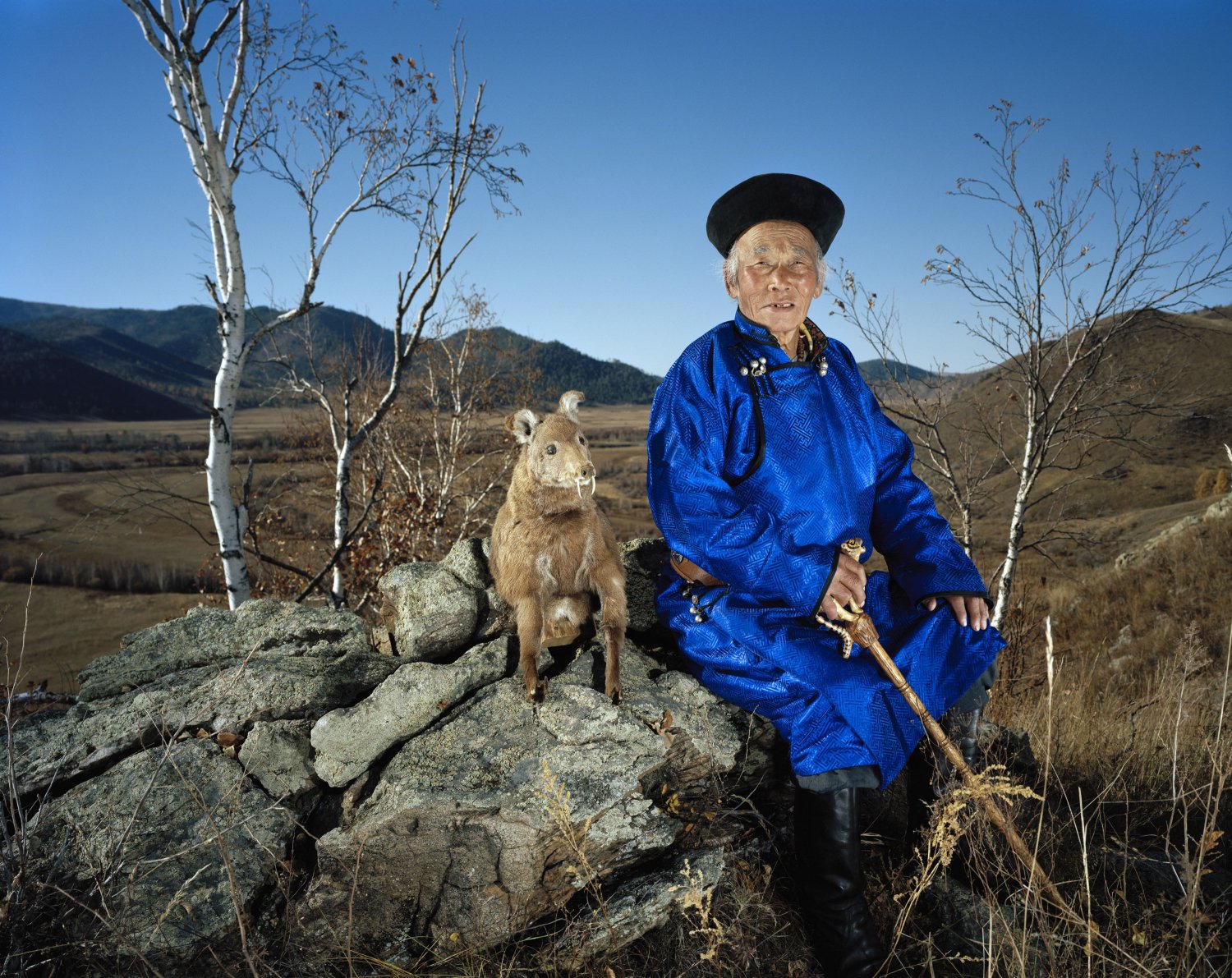
October 7, 2013. Mongolia. Zunduin-Dauga and muntjac.
Pierre’s friends became the first to participate in the project. “It was not so easy to persuade them but after few drinks they agreed.” Progressing with the project became more difficult when Pierre started taking pictures of people he didn’t know. But in every new country it became easier: the portfolio that he had built worked for persuading people. Pierre’s heroes are locals, not the foreigners who came back to the hunting spot with their trophy.
Going back to the hunting spot became sort of an allegory for Pierre, a pilgrimage of sorts. He used large-format cameras and flashes to underline the drama of the moment. “To add to the solemnity of the moment, I asked the hunters to wear costumes. The trophy is in a way somewhat of a prize that they received for their victory,” Pierre says. The costumes also refer to different periods in history: originally, people used to hunt to survive; in the Middle Ages, the hunt became a hobby for the noblemen, who decorated their castles with trophies. In our day, hunting is available to everyone.
Pierre does not hunt: “I tried a couple of times but didn’t feel so good about it. I work and live next to Geneva county where hunting was banished 40 years ago. Since then the state employs rangers to regulate the wild fauna. Every year they kill hundreds of wild boars, deers, rabbits — otherwise it would be impossible to have agriculture.”
In addition to spending a lot of time searching for participants, Pierre faced the main difficulties after the project was finished. “Many of the chief editors told me that it would be shocking for the readers to see that. And some of these magazines show images of war, natural catastrophes, and famine.” He thinks that all of this is just hypocrisy: “Taxidermies are displayed in the museums and nobody is shocked to see it. Don’t people realize that these animals were hunted to get there? One colleague in Geneva recently made a series of portraits of personalities posing with taxidermied animals in a natural museum and there was no controversy about it.”
“People react with very juvenile emotions to complicated topics,” Pierre says. “Today the species extinction is related to intensive livestock farming, not to hunting. This is the main cause of deforestation. More than 60% of cultivated lands are allocated for it. Producing one kg of beef needs a ground occupation of 323 M2, 15,000 liters of water and 2 liters of fuel! And what are the living and dying conditions of these animals?”
Subjective Trophies does not give an evaluation of hunting as a phenomenon. “I think humans still live with instinct,” the author says. “Maybe some of us are closer to that instinct than others. And they are not worse people for that.”
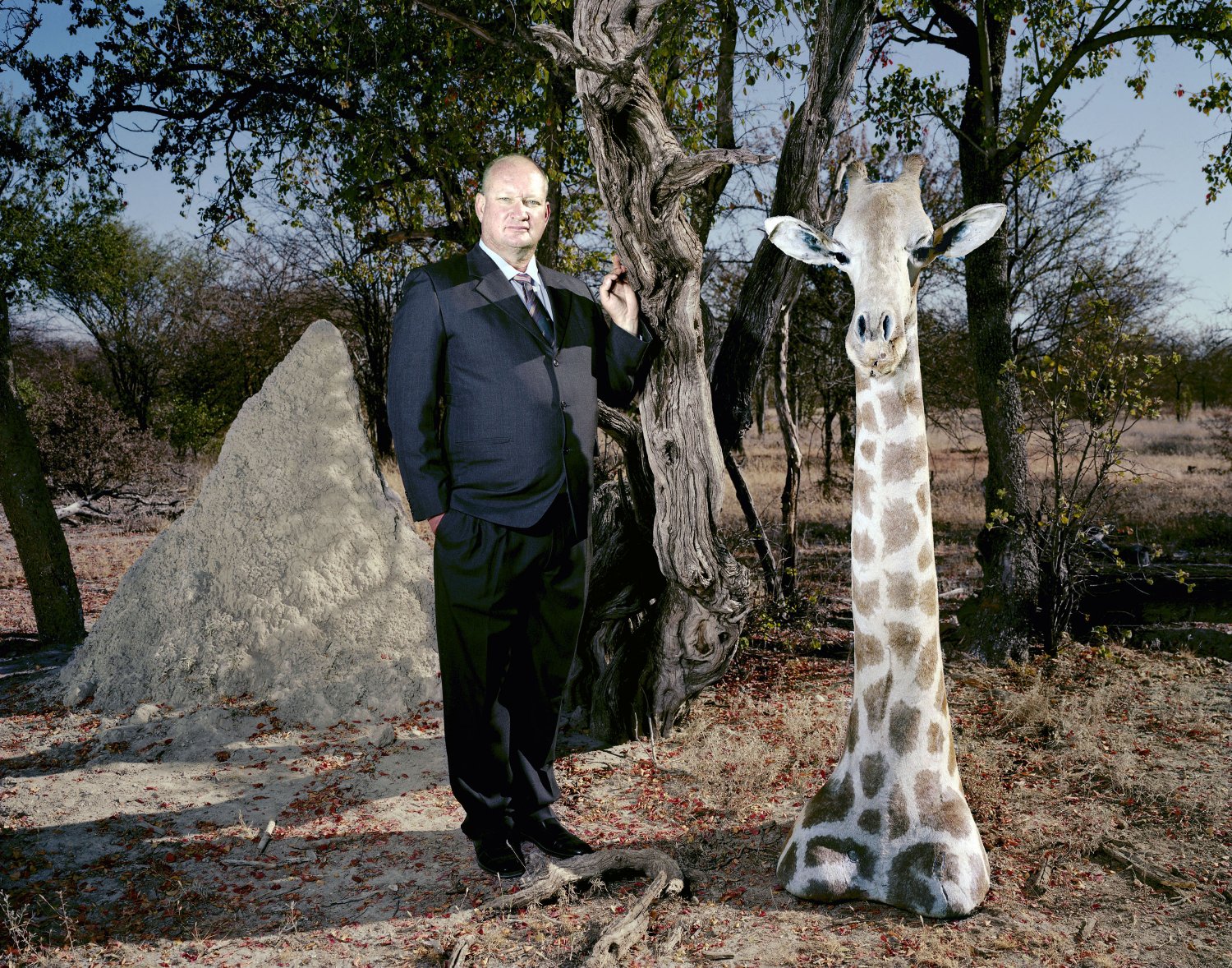
June 24, 2015. Namibia. Gunter and giraffe.
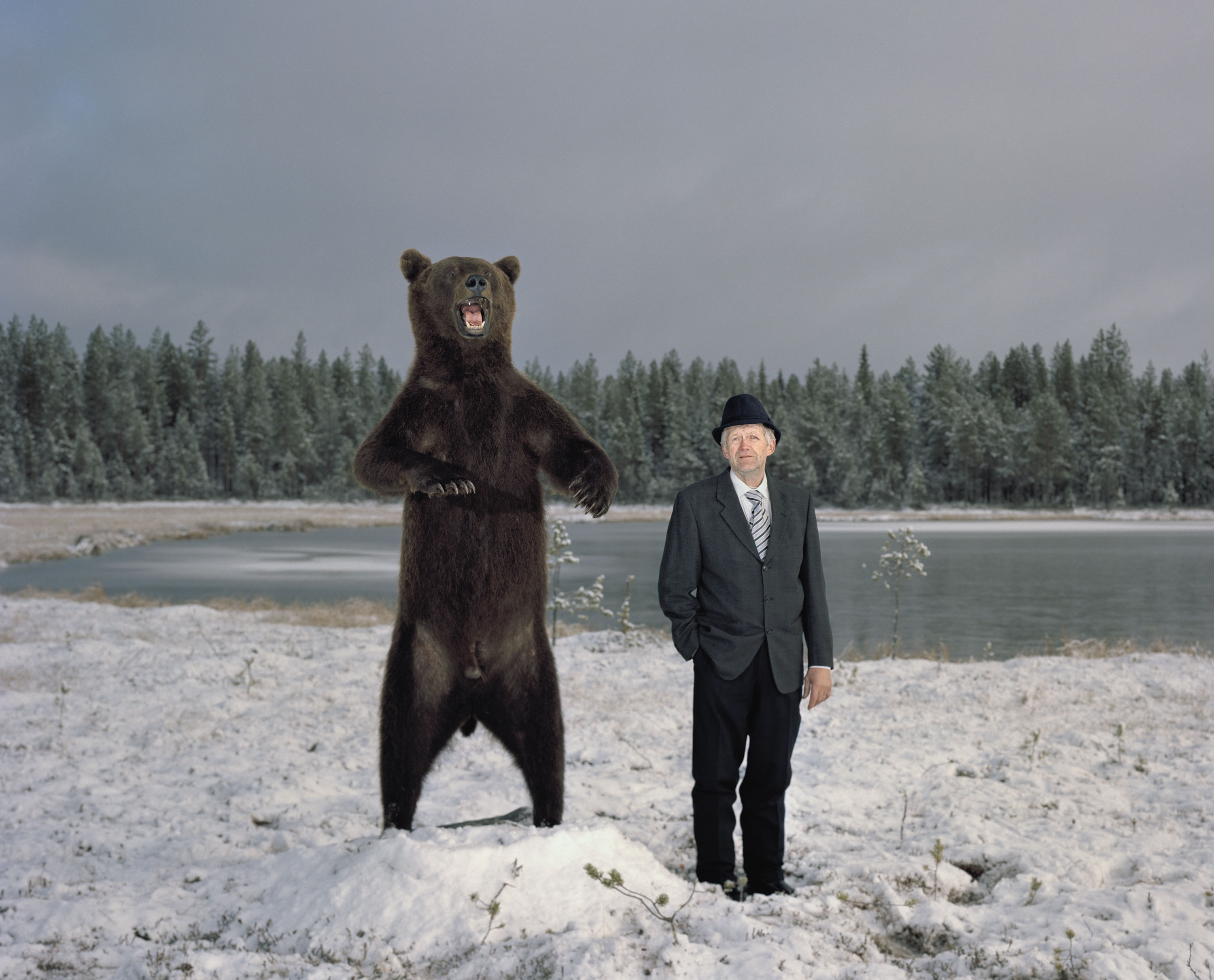
October 27, 2014. Finland. Esko and bear.
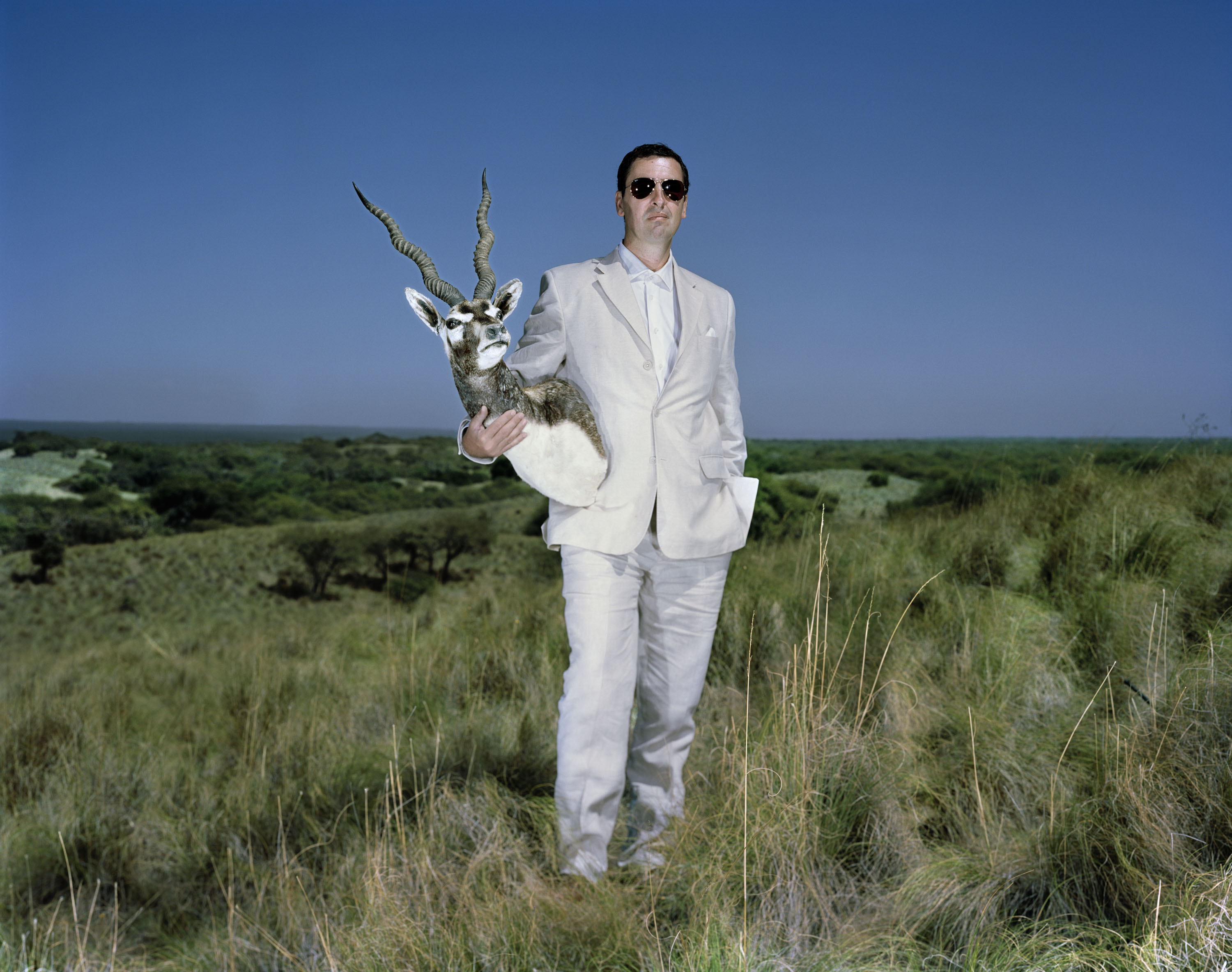
March 16, 2014. Argentina. Luis and black buck.
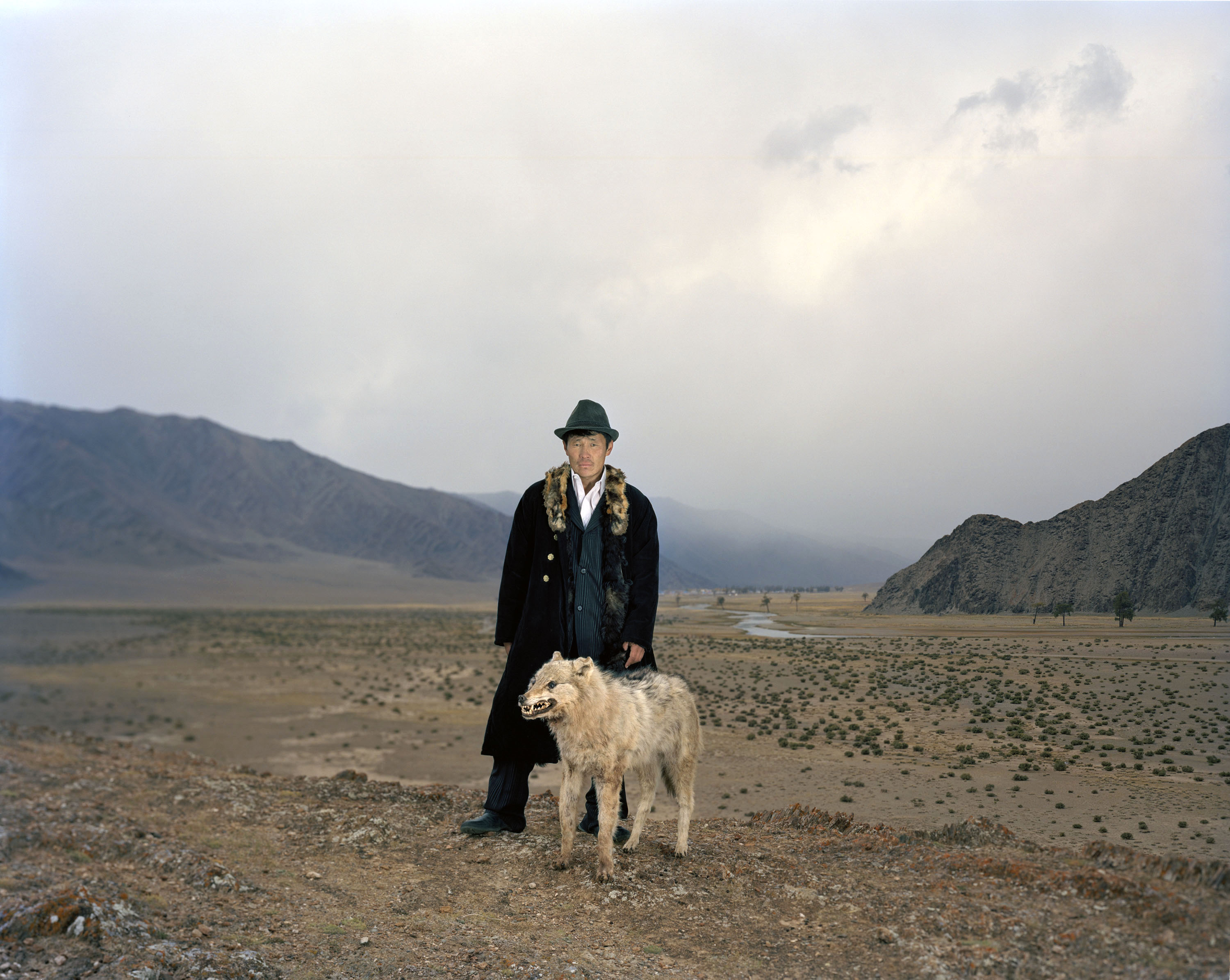
September 22, 2013. Mongolia. Rabelett and wolf.
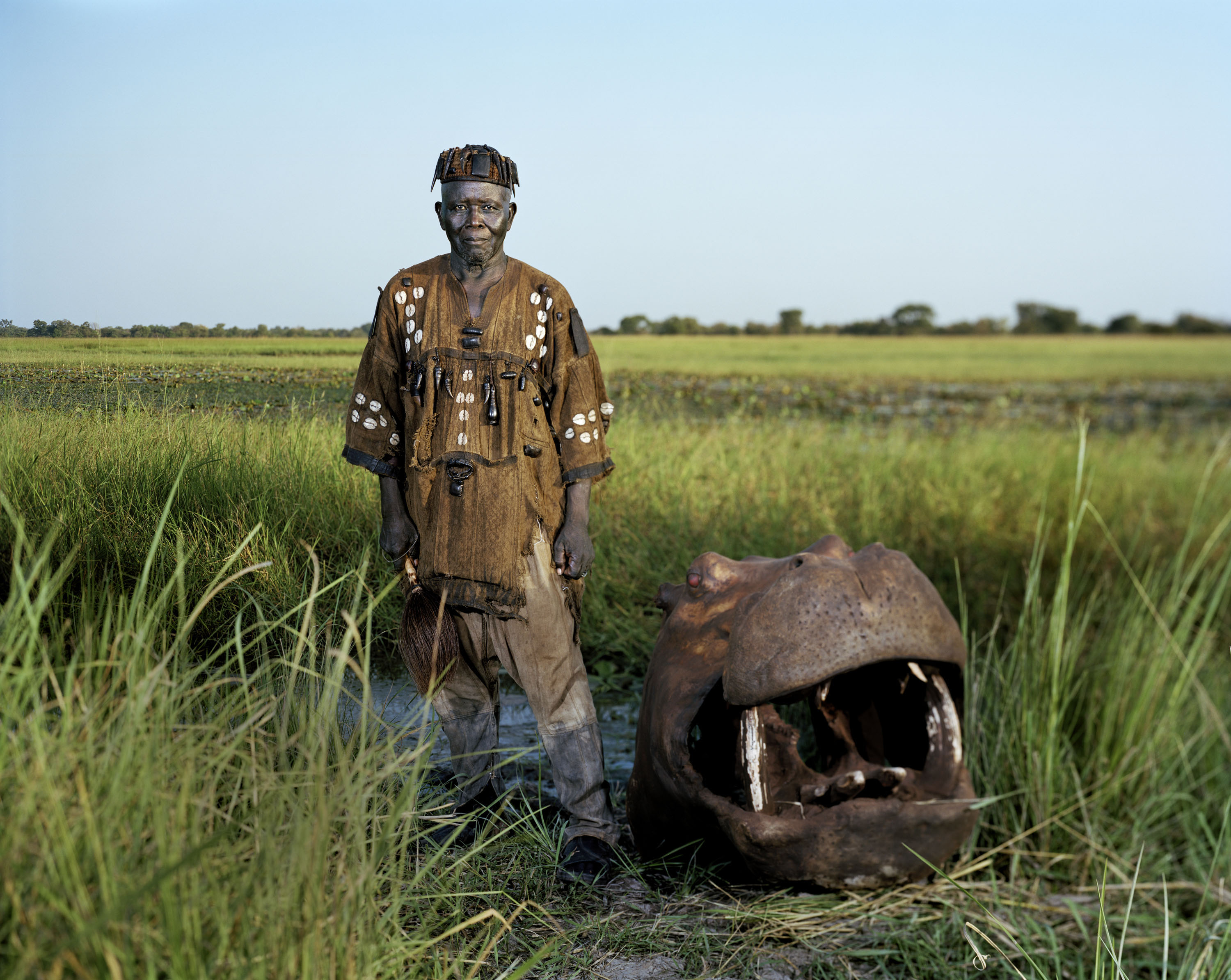
October 2, 2012. Burkina Faso. Andre and hippopotamus.

